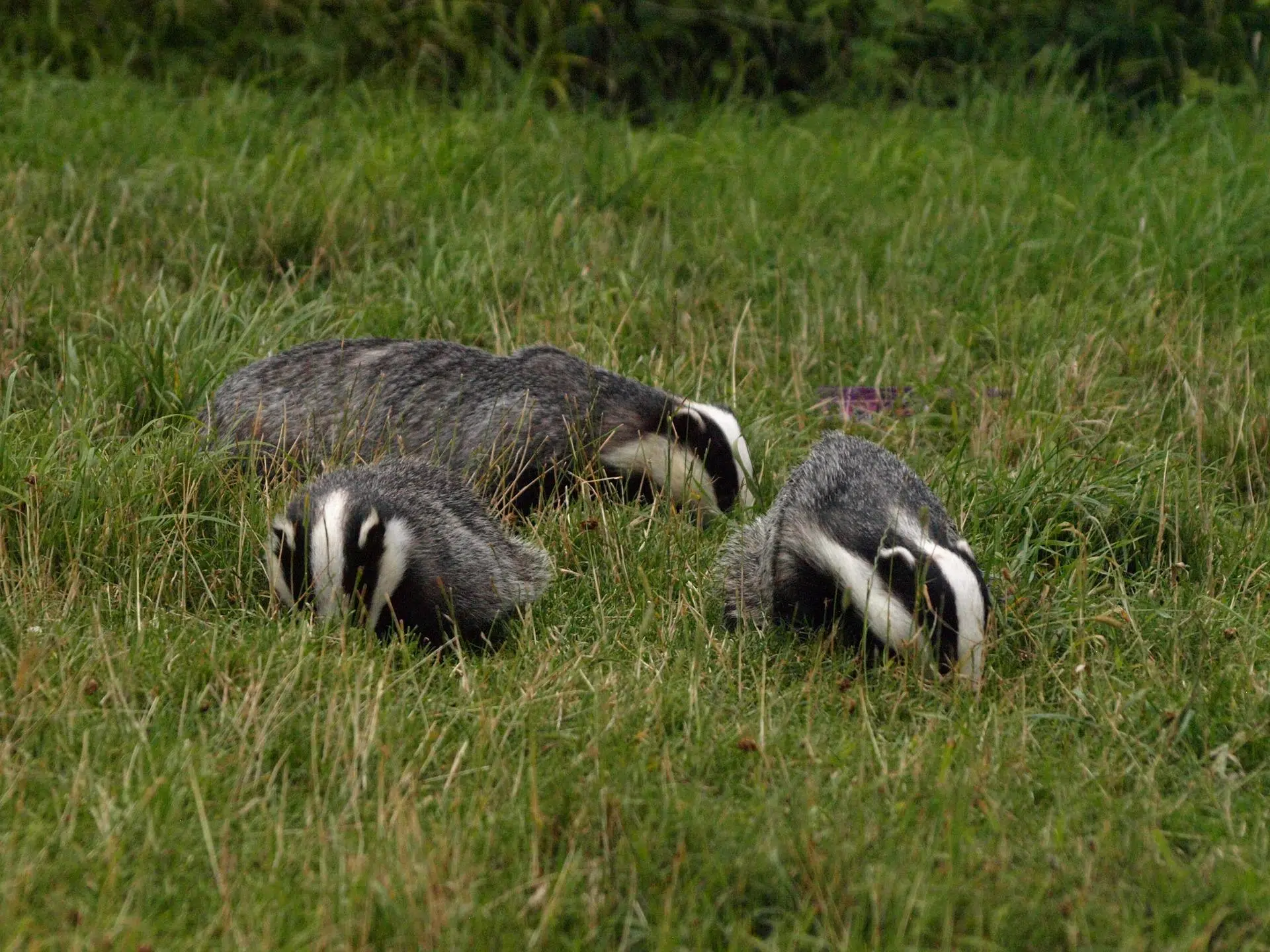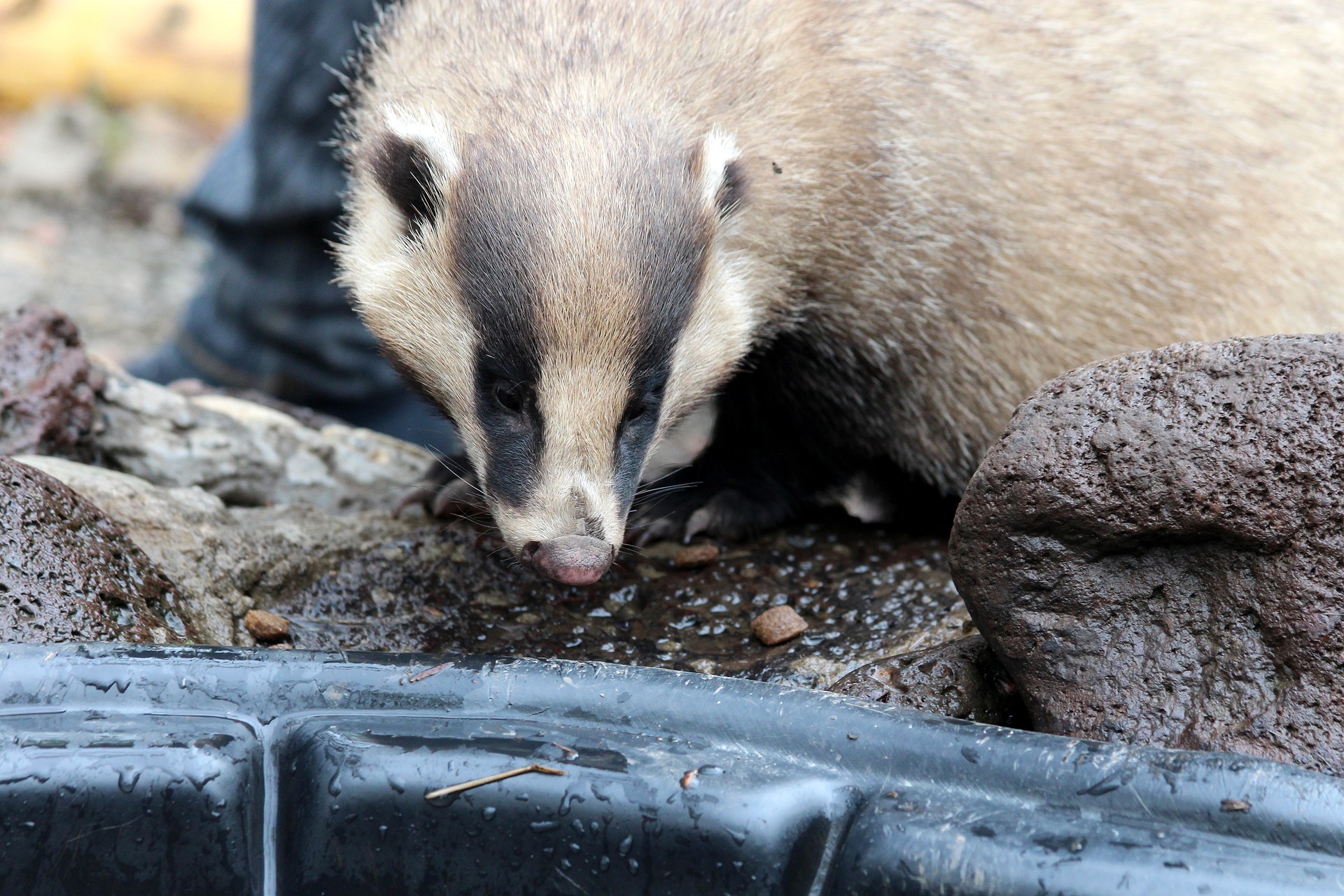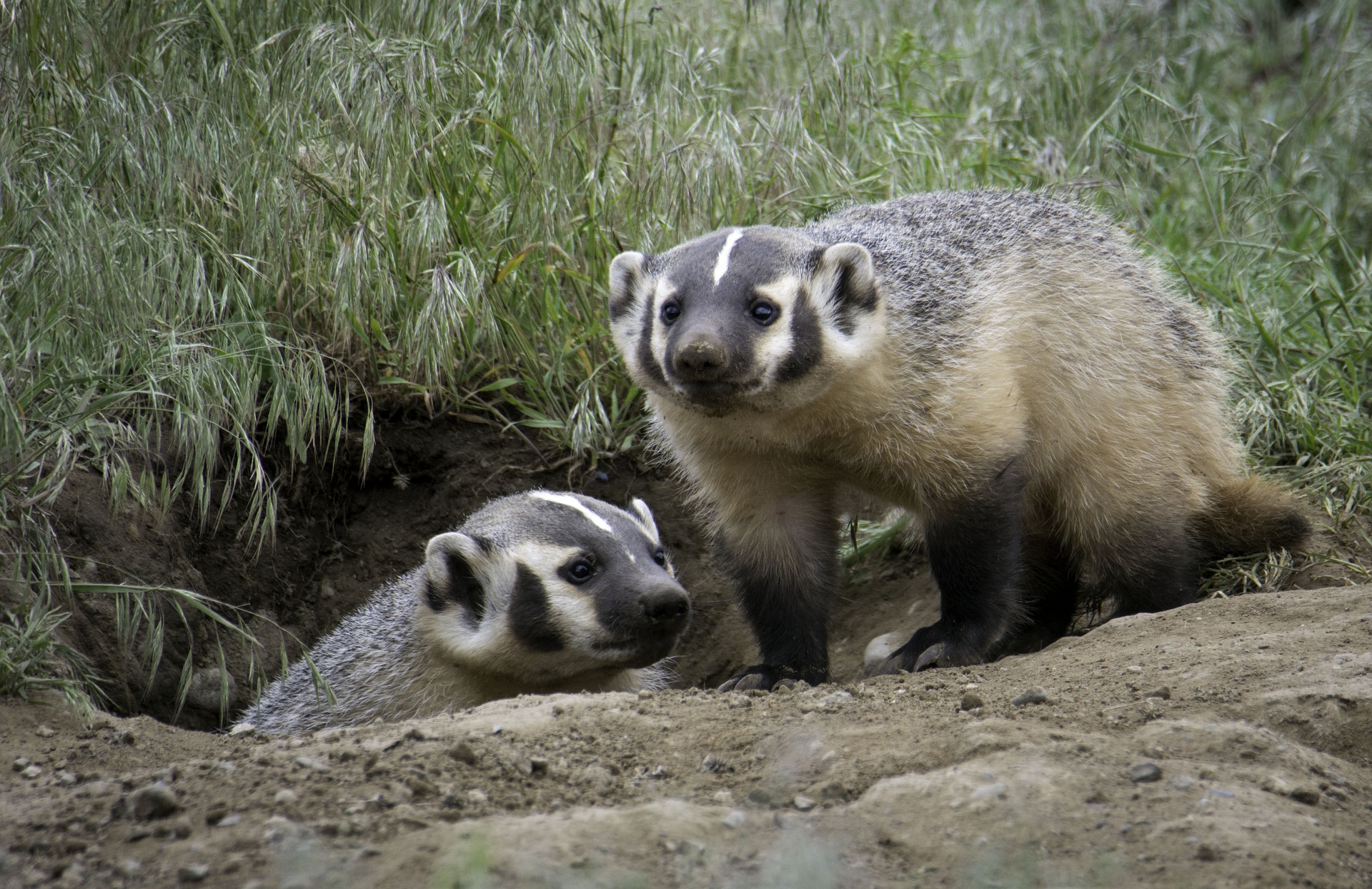10 Amazing Facts About Badgers
While most of us instantly recognise the distinctive badger, most of us know little more than the fact that they are nocturnal and come out at night to forage for food.

Luckily, this exposure led to many global businesses stopping the use of badger hair for their products. Today, some extremely good artificial hair is now being made that has similar properties to badger hair so that artists can paint as well, women can apply their make-up perfectly and men can still enjoy an excellent close shave.
Here are 10 Amazing Facts About the Wonderful Badger…
1. Badgers belong to the family of mustelids
Badgers are related to other such animals as ferrets, otters, martens and weasels. While these mustelids are carnivorous (meat eating) mammals, the badger is different as it is omnivorous
2. There are 15 different species of badgers

There are 15 different species and these are divided into four sub-families. The European Badger is one of the largest, weighing on average 12 kilos whilst the Asian ferret badger weighs just a 2-5 kilos and is the smallest of all. Badgers have short powerful legs, with sharp claws for digging, grey bodies and black faces with distinctive white striped markings.
In Europe, a male badger is called a boar, a female is a sow, and a young badger is a cub, whereas in the United States, a young badger is referred to as a kit.
3. Badgers have a family home
The underground burrow systems that are home to badgers are called setts. A sett can be more than three metres in depth and comprise of ten metres of tunnels which accommodate on average about six badgers and as many as 20. The badgers living in the same sett are called ‘cetes’ which has a similar meaning to ‘clan’. Some setts are more than one hundred years old because they are passed down through the generations of badgers.
4. Badgers organise their setts well
Badgers keep their setts immaculately clean and tidy and also use separate areas of the set for sleeping and for the nursery. Badgers never bring food into the sett but will forage for berries close by and they do not use any part of the sett as a toilet, but prefer to use a designated area close to their sett.
5. Badgers have been around for centuries

The Protection of Badgers Act was passed in the UK in 1992, making it illegal to kill or injure a badger.
The Act was to protect the badgers against being killed as a sport or by farmers who wrongly believed that badgers could damage their crops.
6. Badgers happily share their setts with other animals
Studies on European badgers have found that they are more sociable than other badger species and will often happily share their setts with other animals including rabbits, porcupines, red foxes, wood mice, stone martens and pine martens.
7. Badgers are mainly nocturnal
Badgers tend to spend their days underground in their setts and emerge at night time to go hunting for earth worms., slugs and even hedgehogs to eat as well as foraging for nuts, seeds and berries. American honey badgers though are completely different as they sleep at night! They live far away from urban development and can often be seen out foraging in daylight.
8. Badgers never hibernate
Even when the winters can be really cold, badgers do not hibernate. They do spend much more time in their setts and will go into periods of really long sleeps of 24-29 hours and only emerging to feed – away from their sett to keep it clean.
Badgers will collect lots of grass which they carry to their sett to use as bedding. They carefully place the grass with dead leaves in their sleeping area to make a cosy bed and the following morning will clean out their bed and go to find a fresh supply of grass and leaves.
9. Badgers have an excellent sense of smell
It is said that a badgers’ sense of smelt is 800 times more powerful than the human sense of smell. Many experts believe that this is why badgers will not mess their setts and designate another outside area near their sett as their toilet and they prepare it with dried grasses and leaves.
10. Two types of badgers are at risk
The future of both the greater hog badger and the Bornean ferret badger hangs in the balance.

The main reason for this is that it is they are hunted for food but another important reason is that its natural habitat has been negatively impacted by changes in local agriculture.The hog badger is now a protected species in India, Bangladesh and Thailand.
The Bornean ferret badger is the most vulnerable species as it is only found in one particular forest in Borneo which measures less than 1,000 square kilometres. Climate change is already taking its toll on both the badger and other species in the forest.
If you would like to get involved in the conservation of badgers, The Badger Trust in the UK actively promotes their conservation, welfare and the protection of their setts and natural habitats. There are many local groups and more than 3,000 volunteers across the UK. The Badger Trust also has regional groups that organise badger-watching evenings during the summer months, so why not get involved today?
